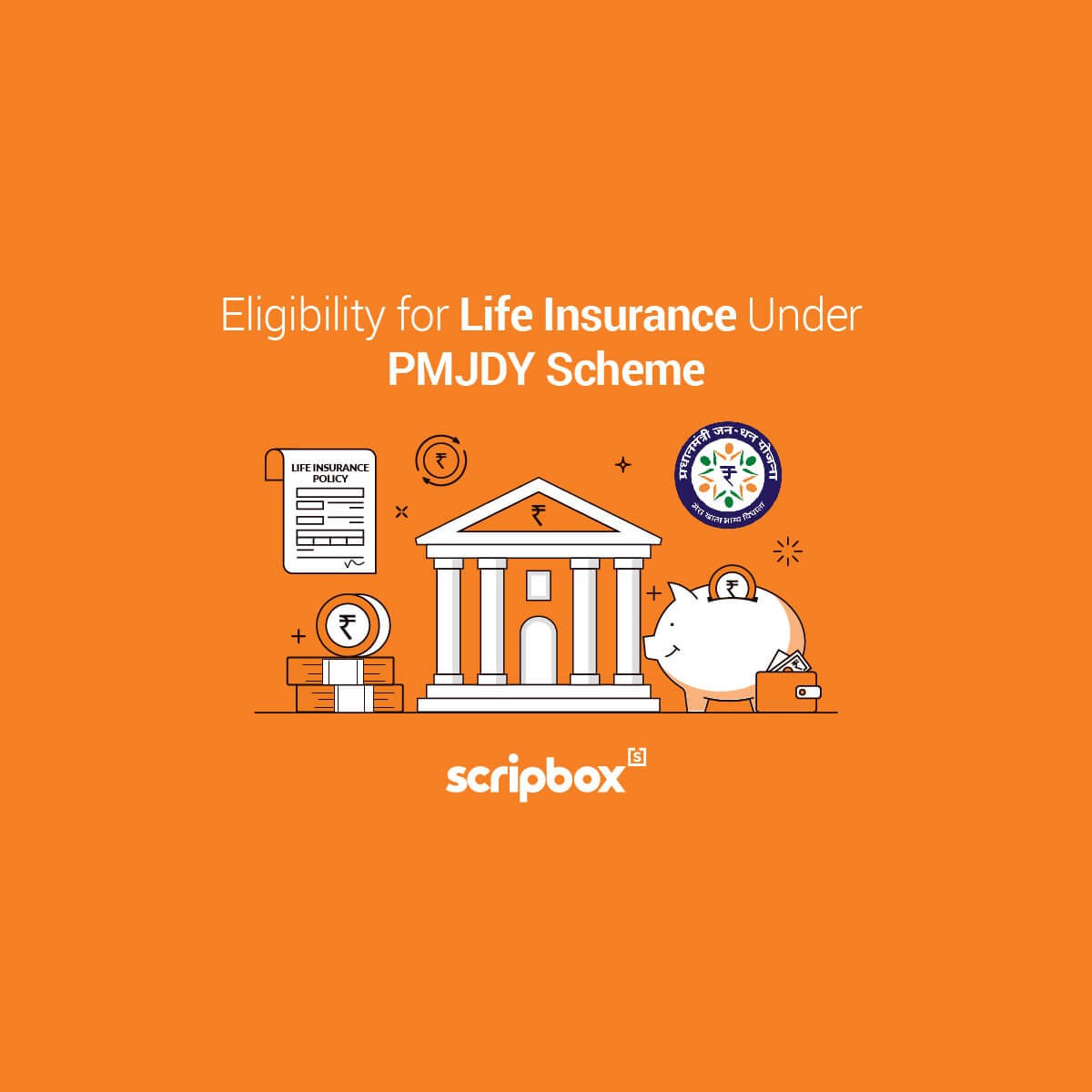PM Narendra Modi announced the Integrated Ombudsman Scheme for retail participation on November 12th 2021. This focuses on strengthening the customer grievance redressal mechanism. Under the Integrate Ombudsman Scheme, all complaints with respect to banks, non-banking financial companies (NBFCs) and payment system operators can be made online through the Complaint Management System (CMS). Also, the final appellate authority will be the RBI’s Executive Director-in charge of the Consumer Education and Protection Department.
Highlights of Integrated Ombudsman Scheme
The Integrated Ombudsman Scheme merges the three ombudsman schemes of RBI. Namely, the Banking Ombudsman Scheme (2006), Ombudsman Scheme for NBFCs of 2018, and Ombudsman Scheme of Digital Transaction of 2019. These three schemes have evolved over a period of time and had a different ground for complaints. As a result, the schemes have uneven redressal processes and structures to treat aggrieved customers.
The Reserve Bank of India has around 20 ombudsman offices across the country that deal with consumer complaints. RBI combined three Ombudsman systems and adopted the ‘One Nation, One Ombudsman’ strategy for grievance redressal. This is to make the dispute redressal process simple and more responsive.
With this new initiative, you can now file complaints, submit documents, and also track the status of the complaints easily. For all essential information on grievance redressal, the Reserve Bank of India will give a multilingual toll-free phone line. It will also aid with the filing of complaints.
The scheme’s principal goal is to provide free redress to clients who have complained about inadequacy in services provided by entities regulated by RBI that have not been rectified to their satisfaction or have not received a response from the regulated company within 30 days.
Therefore, the scheme intends to address an individual’s grievances with the banks, NBFCs and payment system operators.
Features of Integrated Ombudsman Scheme
Following are the features of the Integrated Ombudsman Scheme:
- A complainant will no longer worry about figuring out under which plan he or she should file a complaint with the Ombudsman.
- The scheme establishes “deficiency in service” as a basis for submitting a complaint, with a list of exclusions. As a result, complaints would no longer be dismissed just because they were “not covered under the scheme’s grounds.”
- Under this scheme, each ombudsman office’s jurisdiction wil no longer exist.
- The Reserve Bank of India (RBI) in Chandigarh has established a Centralized Receipt and Processing Centre to receive and process physical and electronic complaints in any language.
- The Principal Nodal Officer in the position of a General Manager in a Public Sector Bank or equivalent would be responsible for representing the Regulated Entity. Also, they are incharge for providing information in relation to complaints lodged by customers against the Regulated Entity.
- In circumstances where the Ombudsman issues an Award against the Regulated Entity for failing to provide adequate and timely information/documents, the Regulated Entity will not be able to appeal.
Summary
With the new Integrated Ombudsman Scheme, RBI aims to create a single point reference for individuals for complaints, queries and more. Customers can now lodge complaints, submit the relevant documents, track complaint status and give feedback through a single email address. One Nation – One Ombudsman revolves around the theme of one portal, one e-mail address, and one postal address for resolving customer complaints. Furthermore, the committee was concerned about the time taken to resolve a complaint. It proposed a reduction in the turnaround time for complaint resolution to 30 days. Also, they plan to execute this in a phased manner over a period of two years.
Read More
- Government Schemes for Girl Child
- Best Retirement Plans
- National Saving Schemes
- Pradhan Mantri Matru Vandana Yojana
- How to Open PPF Account in SBI?




























Show comments